One early morning in 1846, during the coldest days of a New England winter, Henry David Thoreau looked out the window of his small cabin on Walden Pond and saw about a hundred men cutting its frozen ice into blocks.
That ice was hauled by horse and wagon to a railroad that ran across the Western edge of Walden Pond.
There, it was packed into a boxcar and taken to Boston, where it was loaded into the hull of an insulated clipper ship that sailed for Calcutta, India, arriving about four months later after a journey of over 16,000 miles.
Having landed in India, the ice was purchased by grateful members of the East India Company.
Thoreau was witnessing a small part of the global ice trade between New England and India during the latter part of the nineteenth century. He wrote about this in Walden:
"It appears that the sweltering inhabitants of Charleston and New Orleans, Madras, and Bombay, drink at my well.”
As Thoreau envisioned the ice of Walden Pond shipped to India, his imagination ‘sailed’ on metaphors far beyond the scope of business. The 'waters' he envisioned combined east and west and were composed not just of natural elements but of culture, religion, and philosophy. Thoreau knew that after arriving in Calcutta, the New England ice of Walden Pond would eventually melt in the sweltering heat of India and run downhill, where it would join with the sacred water of the Ganges.
Thoreau had taken Emerson’s copy of the Bhagavad Gita with him on his two-year retreat on Walden Pond; it made an immense impression on him and he wrote:
“In the morning, I bathe my intellect in the stupendous and cosmogonal philosophy of the Gita, since whose composition years of the gods have elapsed, and in comparison with which our modern world and its literature seem puny and trivial; and I doubt if that philosophy is not to be referred to a previous state of existence, so remote is its sublimity from our conceptions.”
"I lay down the book and go to my well for water, and lo! There, I meet the servant of the Brahmin, priest of Brahma and Vishnu and Indra, who still sits in his temple on the Ganges reading the Vedas or dwells at the root of a tree with his crust and water jug. I meet his servant come to draw water for his master, and our buckets, as it were, grate together in the same well. The pure Walden water is mingled with the sacred water of the Ganges."
Thoreau envisioned Walden Pond and the Ganges ‘mingling,’ together. The waters of Walden Pond represented the West, its unique culture, ideas of God, and what life is all about. The "waters of the Ganges" represented to him the religious culture and philosophies of ancient India, epitomized in the teachings of the Bhagavad Gita. The Bhagavad Gita expressed the Eternal Law of life, what the Vedic civilization called the 'Sanatana Dharma.' This grand transcendental vision and philosophy of the Bhagavad Gita formed the underlying subject of Thoreau's consideration throughout his stay at Walden.
A few miles up the Ganges River from Diamond Harbor, where the Walden ice was unloaded in Calcutta, stood the Dakshineswar Kali Temple on the banks of the Ganges.
This temple was the home of Sri Ramakrishna, the great God-man of India.
It also became the home of his well-known disciple, Swami Vivekananda.
Ramakrishna told Vivekananda he had significant work to do in the world and, at the end of the Master’s life, mysteriously transmitted his essence and power to him, saying, "Today I have given you my all, and I am now only a poor fakir, possessing nothing. By this power, you will do immense good in the world, and you will not return until it is accomplished."
Nearly fifty years after Thoreau's sojourn at Walden Pond, Vivekananda traveled to America in 1893 for the World Parliament of Religions as a representative of India’s Hindu culture, where, for the first time in history, all of the world’s religions were represented on the same stage.
Vivekananda carried with him (symbolically) the waters of the Ganges, the ancient sacred culture of the Vedas, the Bhagavad Gita, and the ancient Yoga of God-Realization. He was the first to bring the Divine Yoga to America. However, what he brought with him and what he taught have little resemblance to what is popularly called 'Yoga' today. His teaching centered around God-Realization, meaning, whatever name or form one called upon or visualized God.
Here is a story about the roots of Yoga, both physical and Divine, in America today . . .
If you have Apple Books, the enhanced Epub book format is available to download for FREE at the Apple iBookstore:
You can also obtain the whole book below in PDF FLIPBOOK fully enhanced with Glossary, hyperlinks, video and picture galleries. format. This PDF version has pop-up notes and functioning hyperlinks. Download the PDF version using the link below. If you wish to purchase, please go here: HERE
Contact Peter @ petermalakoff@gmail.com





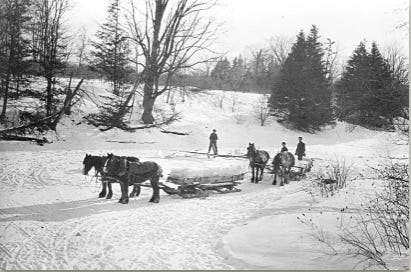
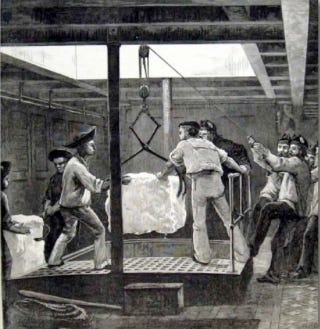
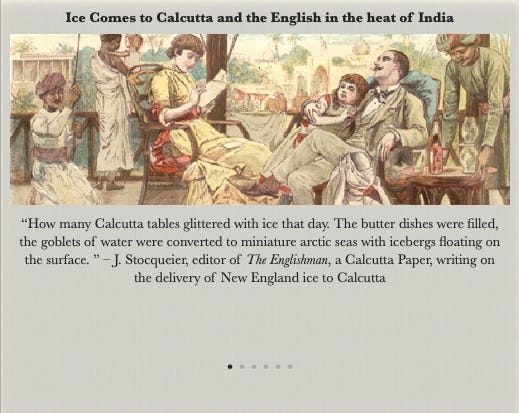
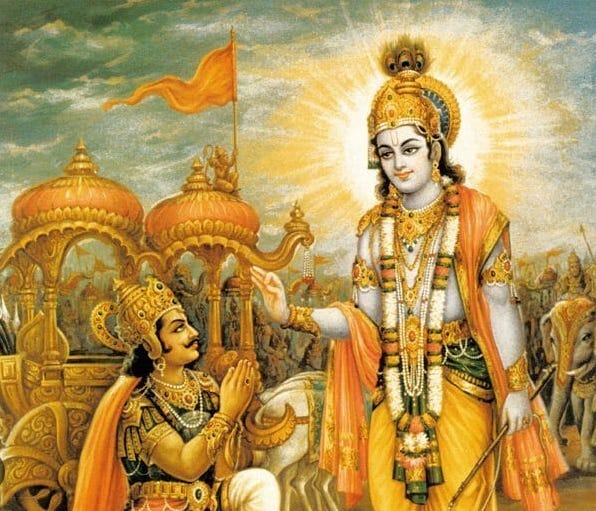
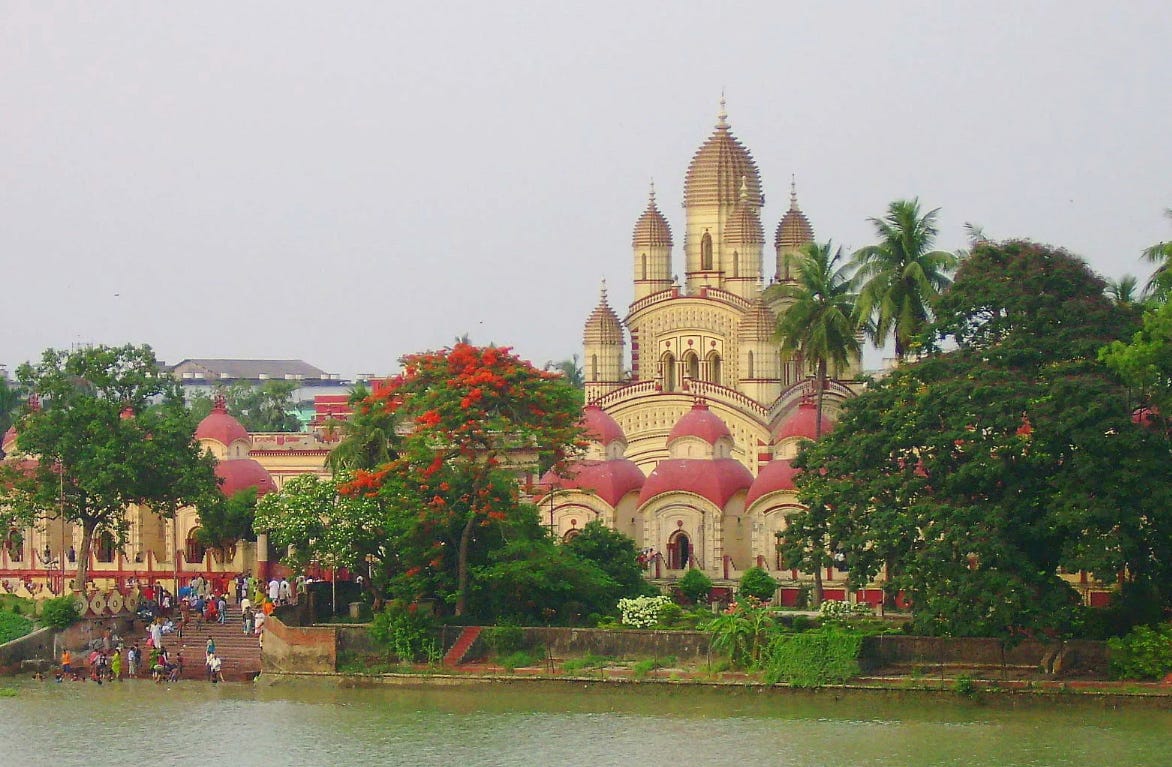
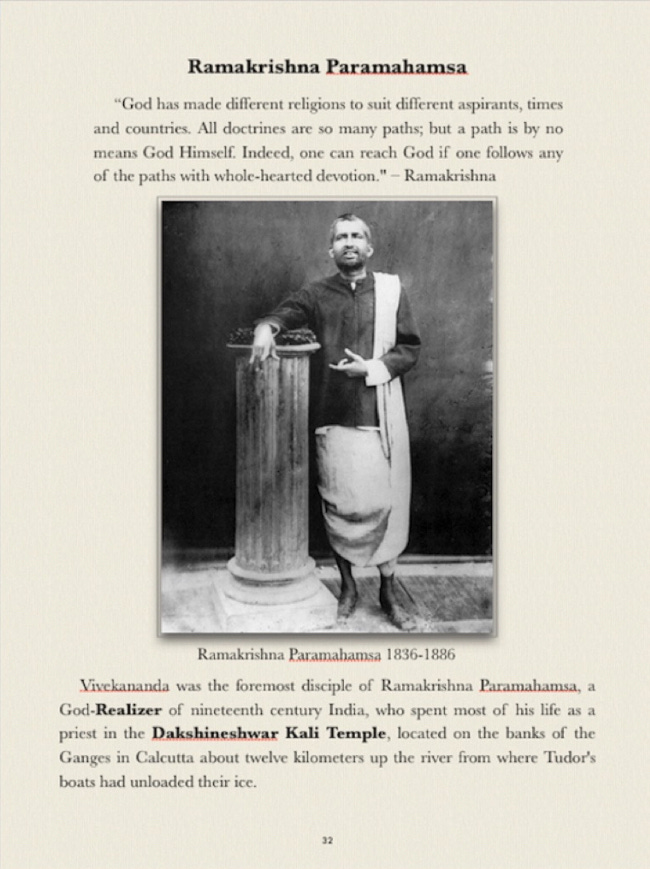

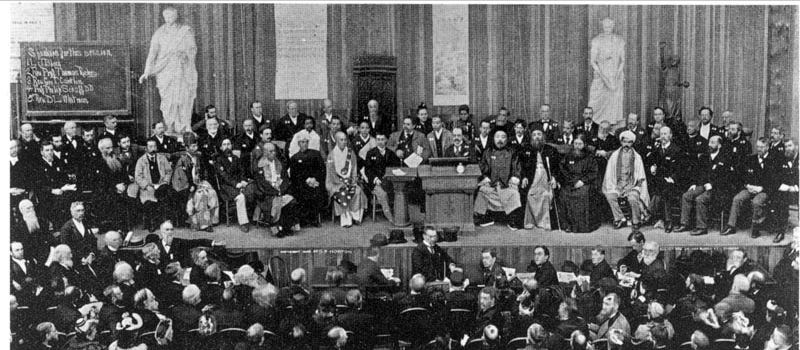
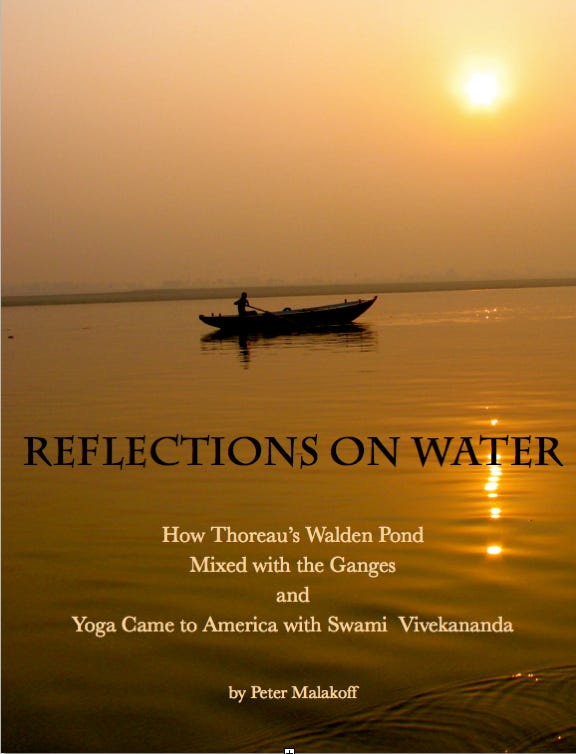

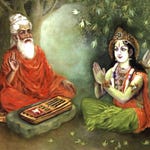




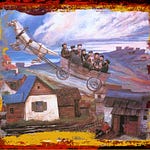


Share this post